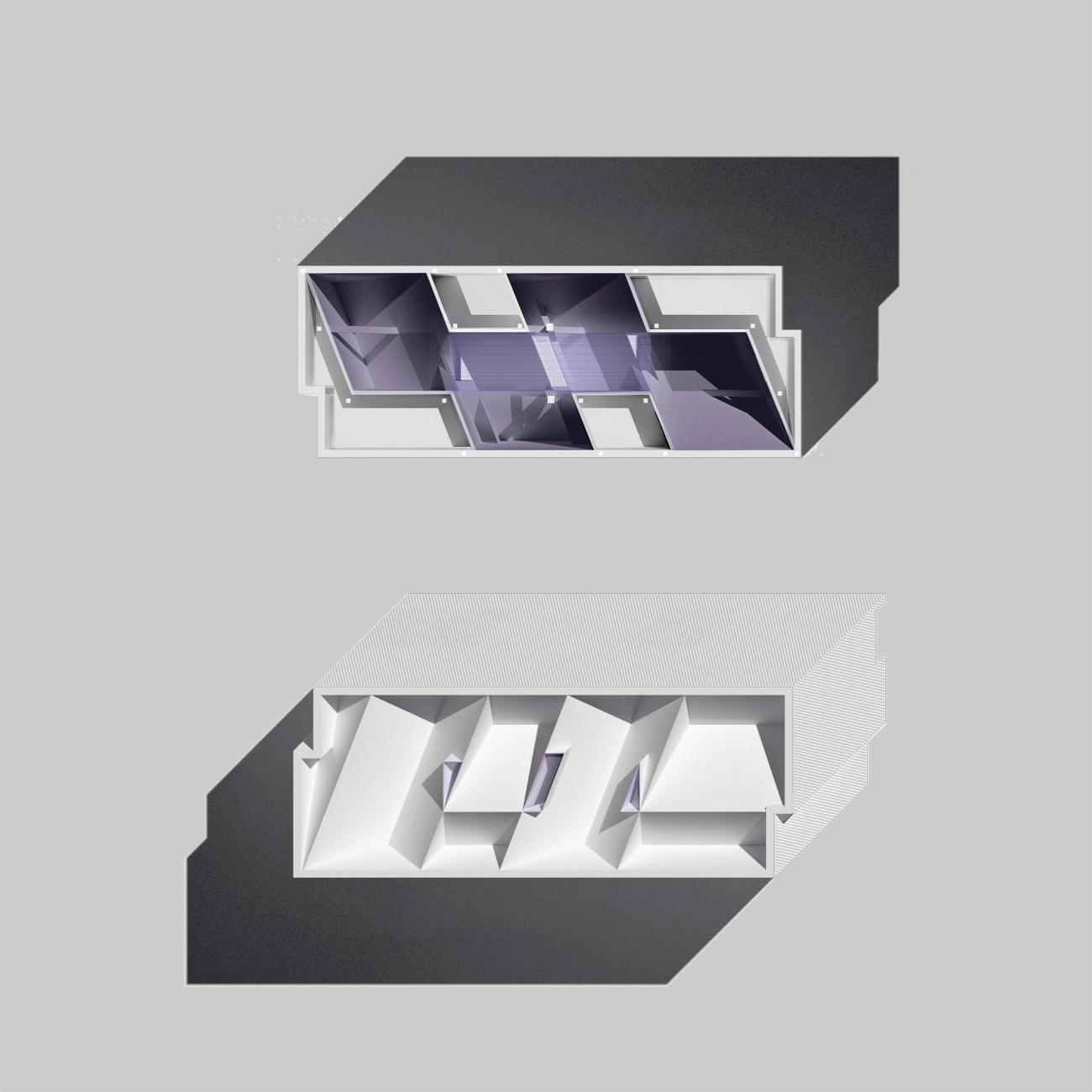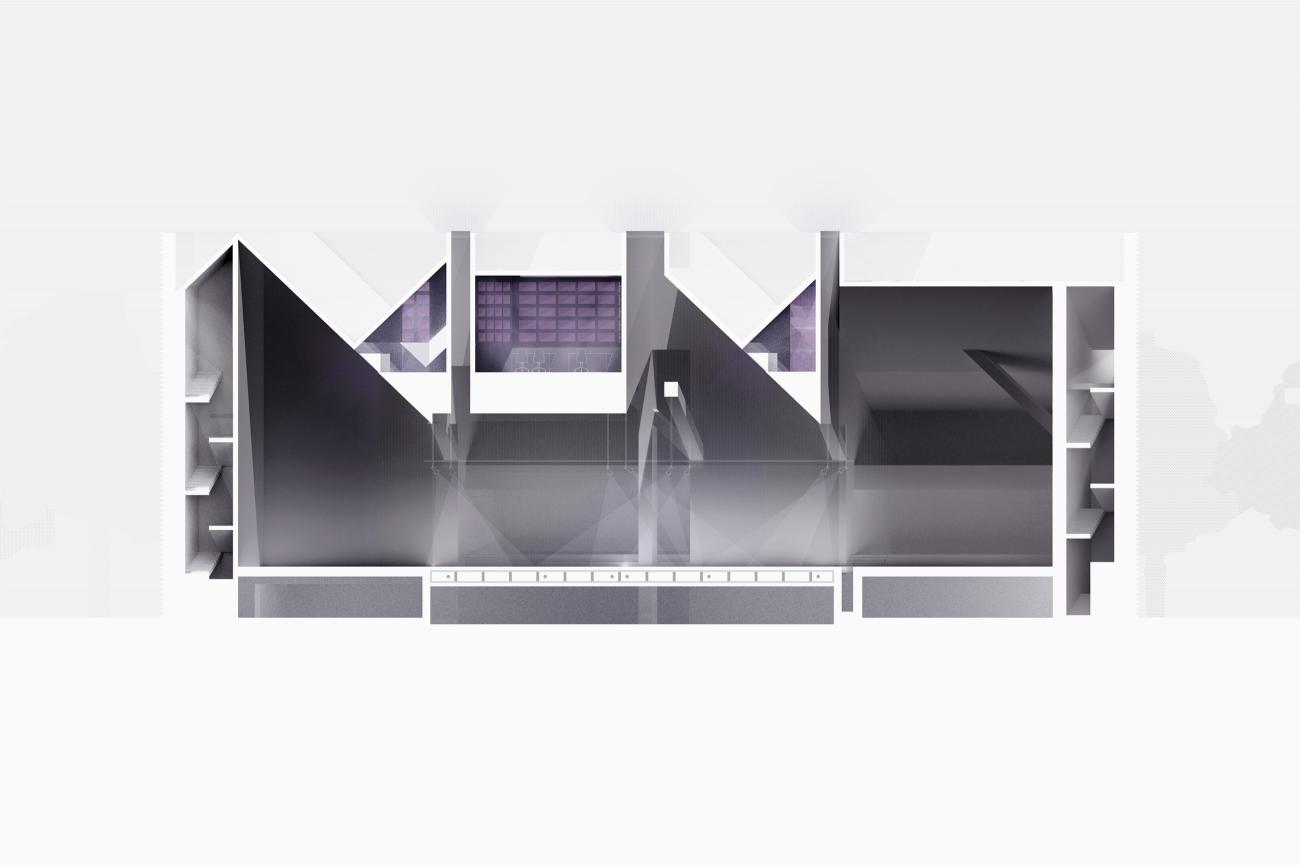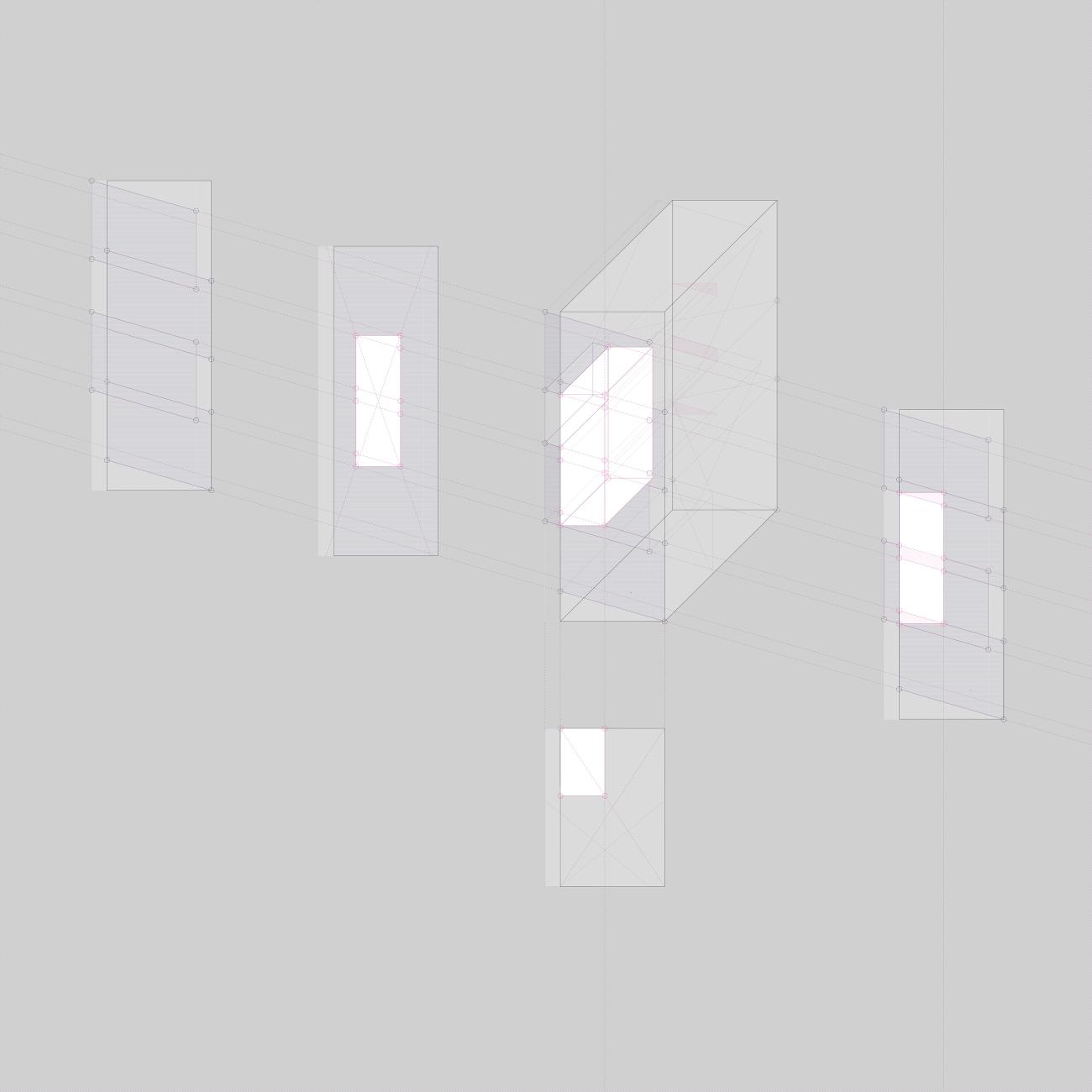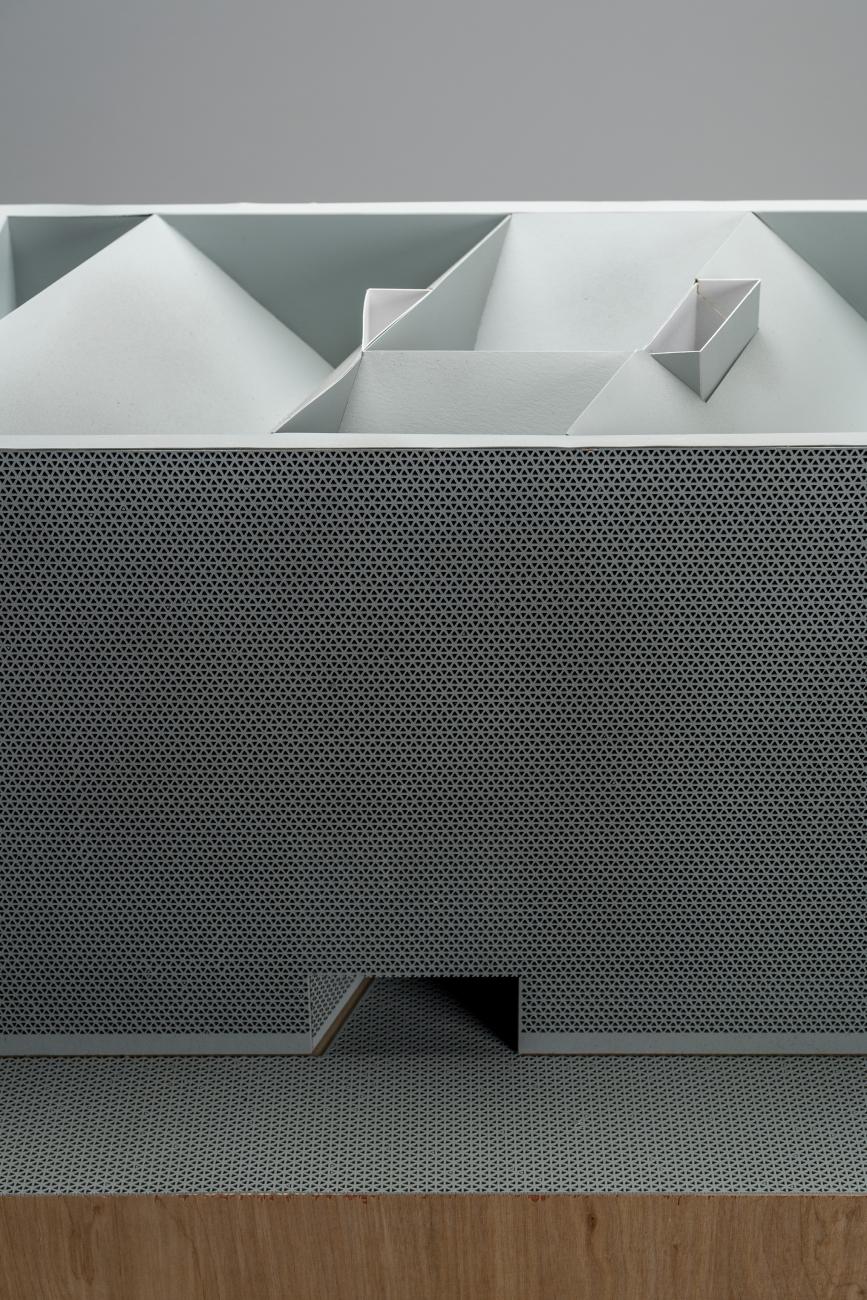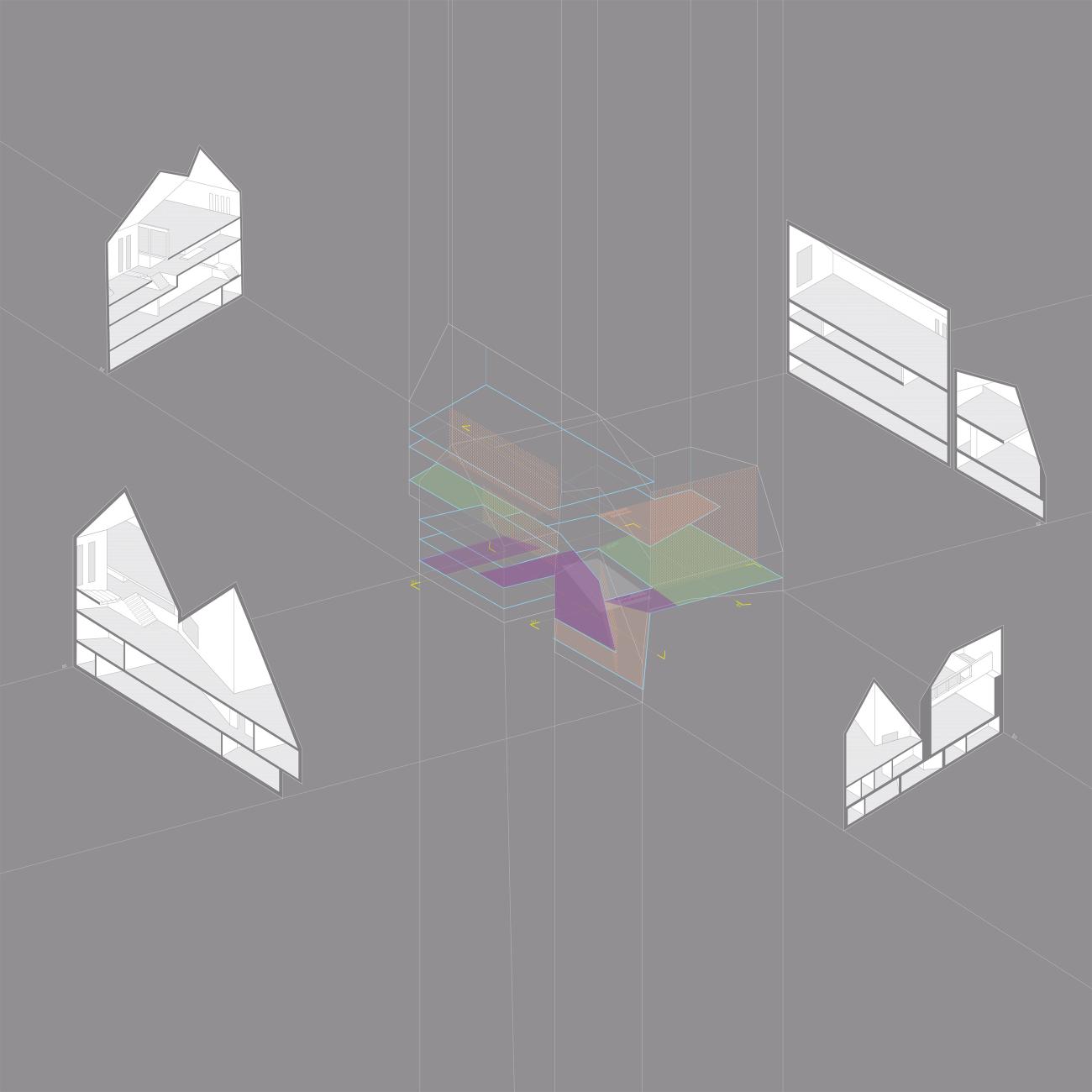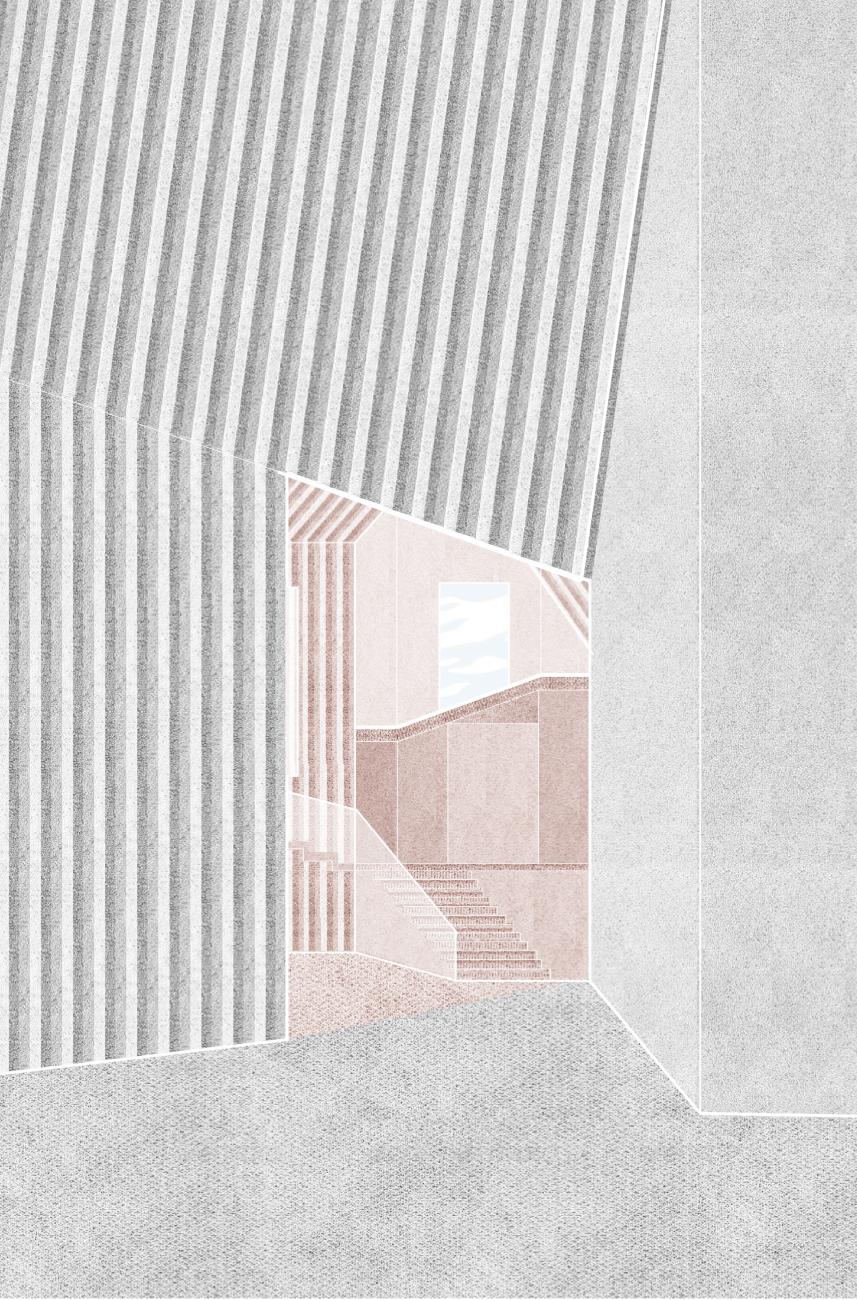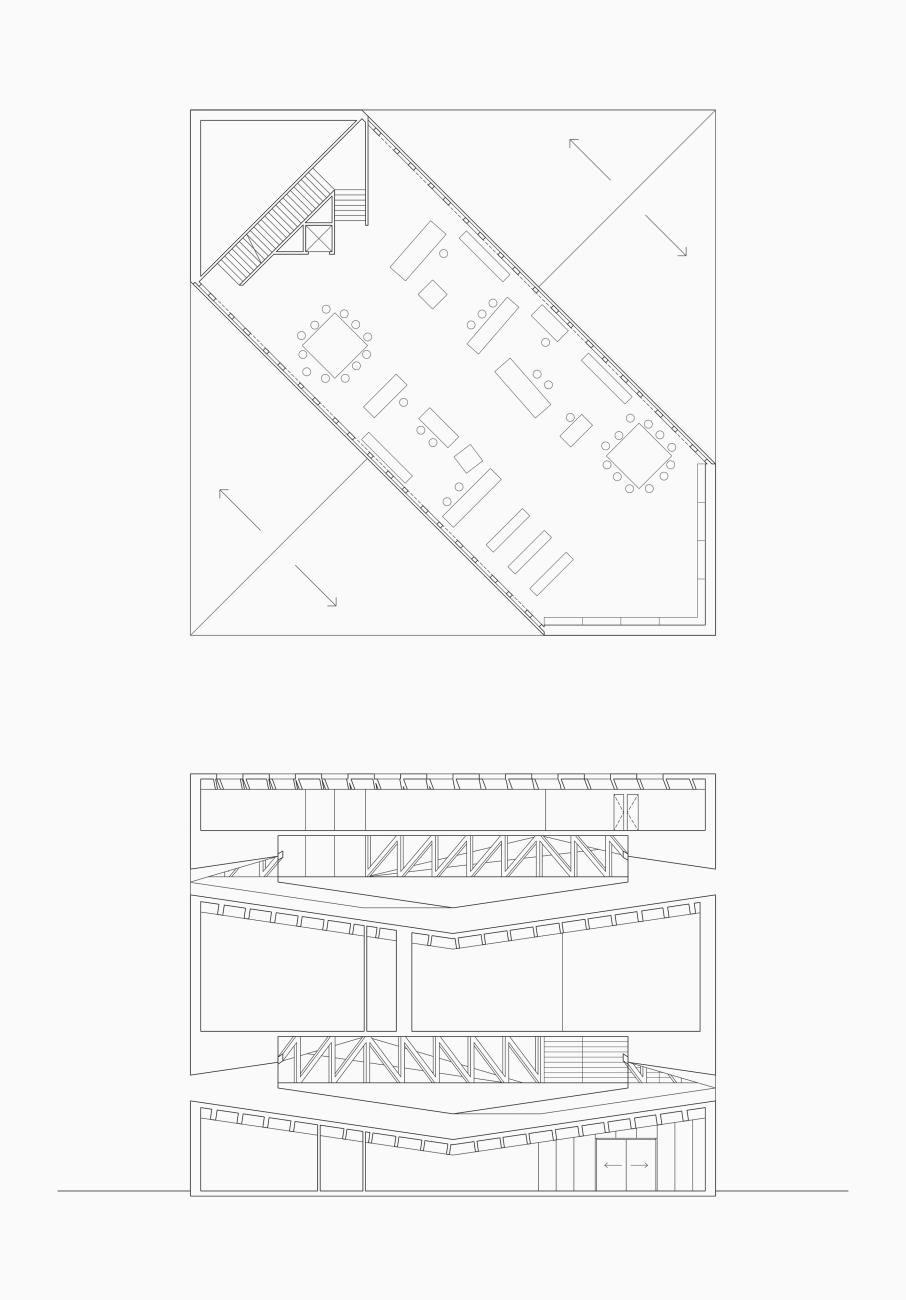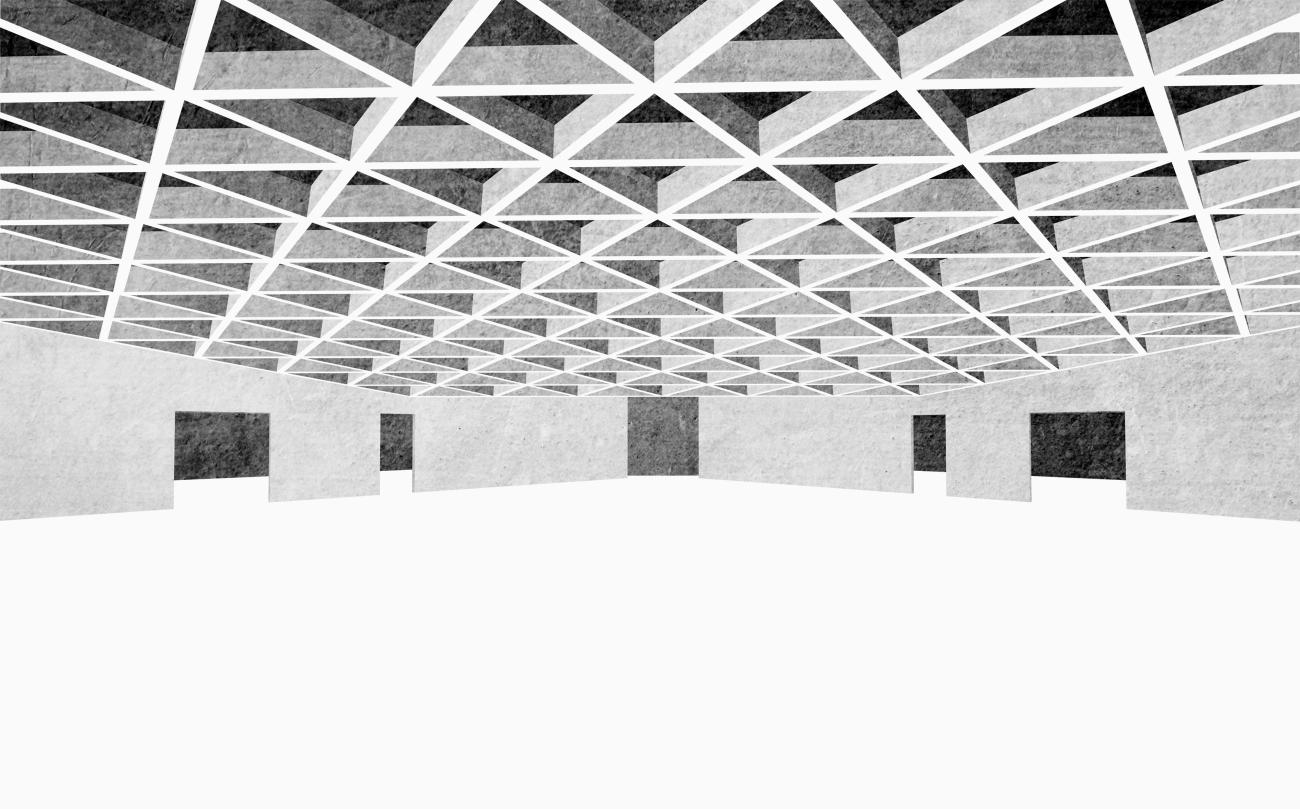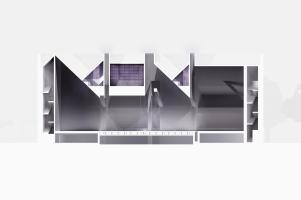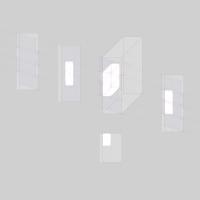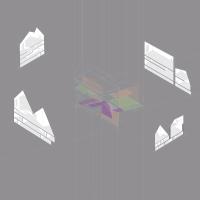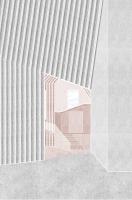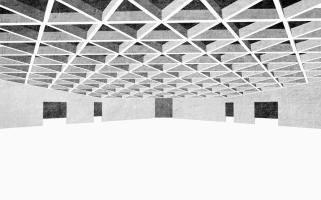Television
In the first part of the semester, the studio probes the ways in which architecture becomes mundane through conventional building assemblies and materials. Using Rosalind Krauss’s definition of technical supports as a conceptual framework, students become familiar with the physical mediums specific to architectural practice. In a series of short design exercises, the studio investigates the opportunities standardized measurements, materials, and assemblies create for engaging buildings with the world at large and their limitations to architectural design.
In the second part of the semester, the [not mundane] serves as a placeholder for a term that establishes a project on architecture’s abstract mediums. Be it the virtual, extraordinary, simulated, or something else, students must take a position on the framework established in first part of semester.
Through the design of a small television station, students imagine how architecture engages realms in and out of this world with structure, space, program, image, and context. Given a newfound flexibility in the mundane, how can design expand architecture’s inherent qualities?


